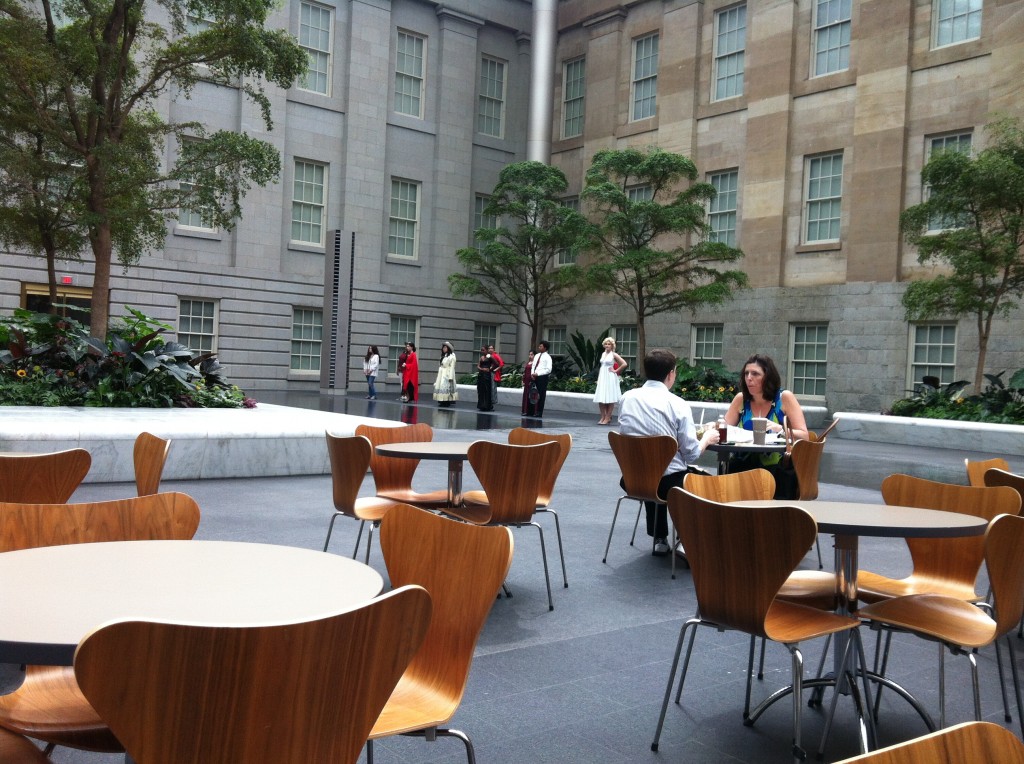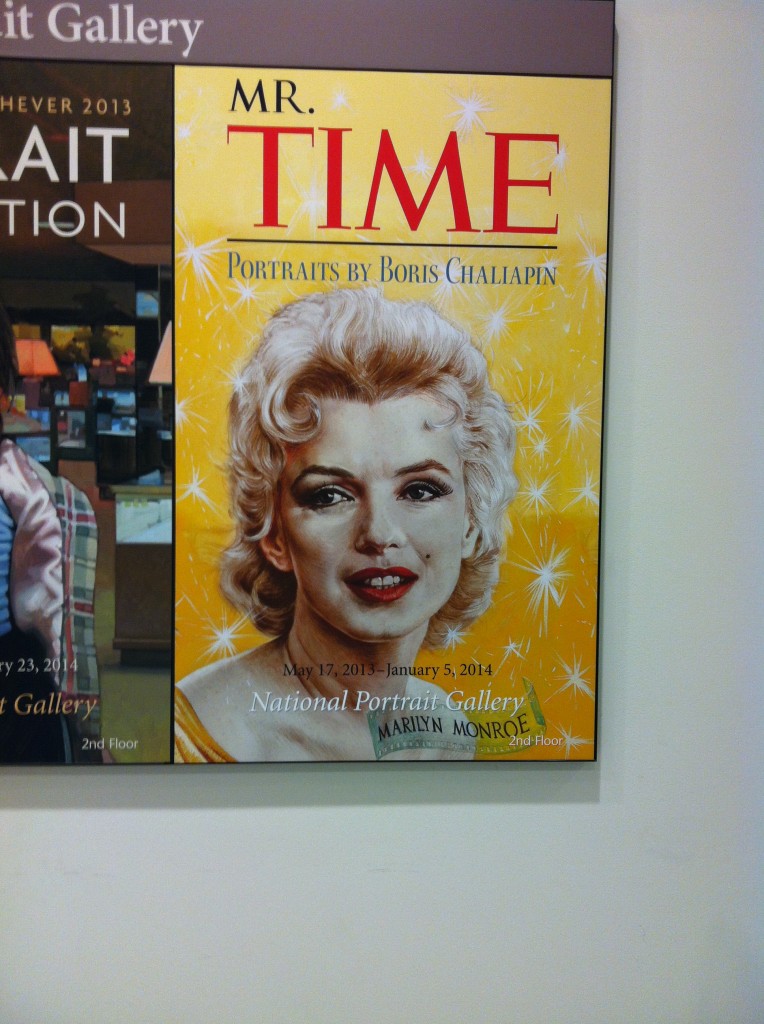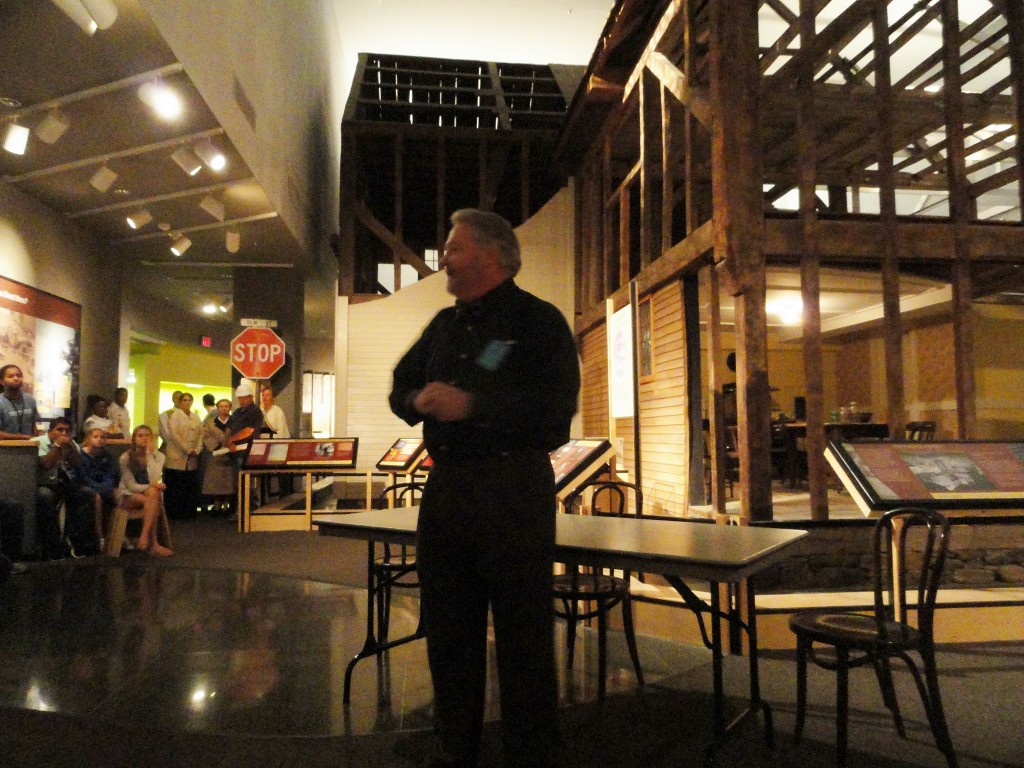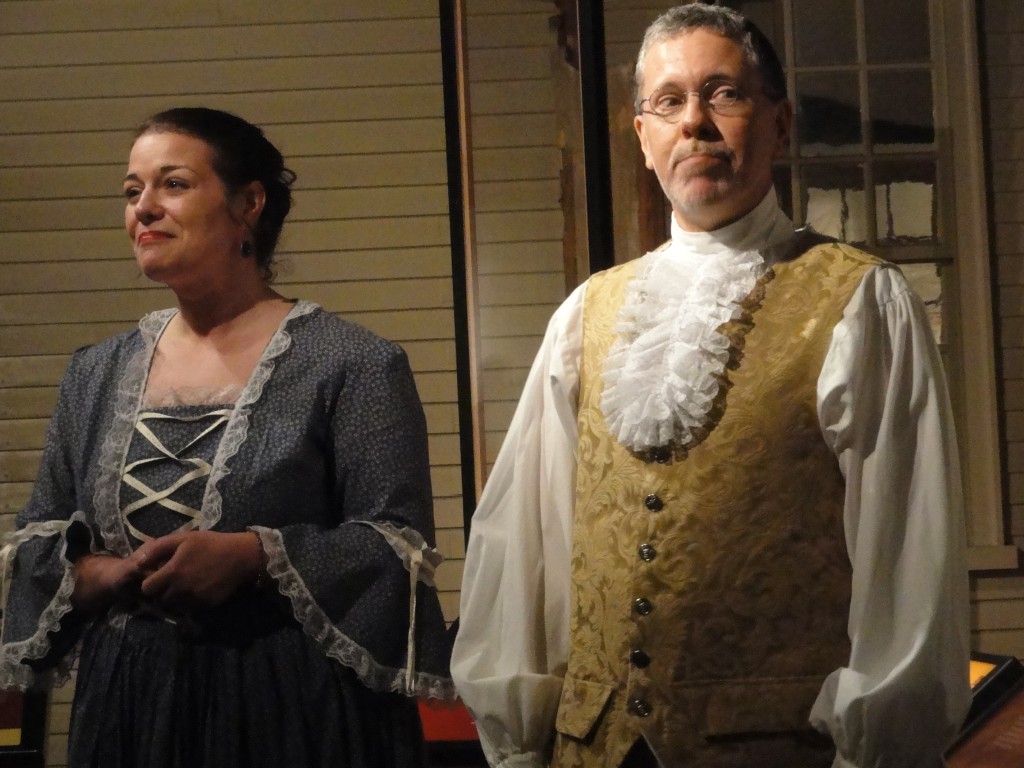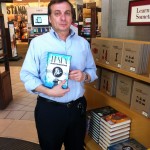 I was at the library recently and came across a book called My Bookstore. A 2012 compilation of essays by 84 well-known writers in which they “celebrate their favorite places to browse, read, and shop.”
I was at the library recently and came across a book called My Bookstore. A 2012 compilation of essays by 84 well-known writers in which they “celebrate their favorite places to browse, read, and shop.”
As I read about The Odyssey Bookshop in South Hadley, Massachusetts, the Strand in New York City, and even Politics and Prose in Washington DC, I couldn’t help but think about the bookstores that graced my local environs. And then I realized there weren’t any.
We’re not completely divorced from bookstores of course. There is a fantastic Barnes and Noble store just a short walk from my home. None of the bookstores mentioned in My Bookstore is a Barnes and Noble. In fact, Barnes and Noble and Borders were at least partially responsible (along with Amazon) for the demise of smaller, independent bookstores that once were more prevalent and that are the ones named in the book. But still, BN offers an in-store Starbucks and a wide selection of new books, something that you can’t get anywhere else.
My most frequented bookstore, however, is probably McKay in Manassas. McKay is a used book store, so you can’t pre-order the new novel by your favorite famous author before release. But it is what a bookstore should be; a place to browse and discover. As one might expect from a store located near one of the nation’s most well known Civil War battlefields, McKay has a huge Civil War section. Between it and the always well-stocked presidential biography shelves, I never fail to walk out with a stack of Abraham Lincoln books. And because McKay take trade-ins, the final cost is always a bargain. They even have a free book bin in front of the store where books they don’t buy, and people don’t recover, are offered to passers-by. No questions asked.
There are other bookstores I visit as well. Prospero’s in Manassas, Reston Used Book Shop at Lake Anne, C&W Used Books (though less so now that the Chantilly store is closed and Woodbridge is more distant). Once in a while I would make the trek out to Harper’s Ferry, WV, but was saddened to find out recently that the Harper’s Ferry Bookstore has now closed (the Harper’s Ferry Historical Association Bookshop, however, remains open). In DC there are Second Story Books and Kramerbooks. Kramerbooks is the only one in the list that carries new releases. They also have a nice cafe where it is not uncommon to sit next to some DC politico or news celebrity (I once saw George Stephanopolous at breakfast…he had eggs [not green] and coffee).
As a reader I have always appreciated bookstores. And feared them, as I rarely walk in without carrying more literary weight on my way out. As independent bookstores have disappeared I do buy more books through Amazon, and of course Barnes and Noble carries both Tesla: The Wizard of Electricity and Edison: The Inventor of the Modern World. But I still love the ambiance and the thrill of discovering, usually high up on one of the rustic wooden shelves, an old book I had been seeking for years. Or a rare one that I hadn’t even heard of before. Getting to know the owners of the smaller shops, chatting about books and bookselling, and having a sip of coffee (or whatever), well, that’s what makes a bookstore a bookstore.
What is your favorite bookstore?
David J. Kent is the author of Lincoln: The Man Who Saved America, in Barnes and Noble stores now. His previous books include Tesla: The Wizard of Electricity (2013) and Edison: The Inventor of the Modern World (2016) and two e-books: Nikola Tesla: Renewable Energy Ahead of Its Time and Abraham Lincoln and Nikola Tesla: Connected by Fate.
Check out my Goodreads author page. While you’re at it, “Like” my Facebook author page for more updates!
[Daily Post]
Like this:
Like Loading...
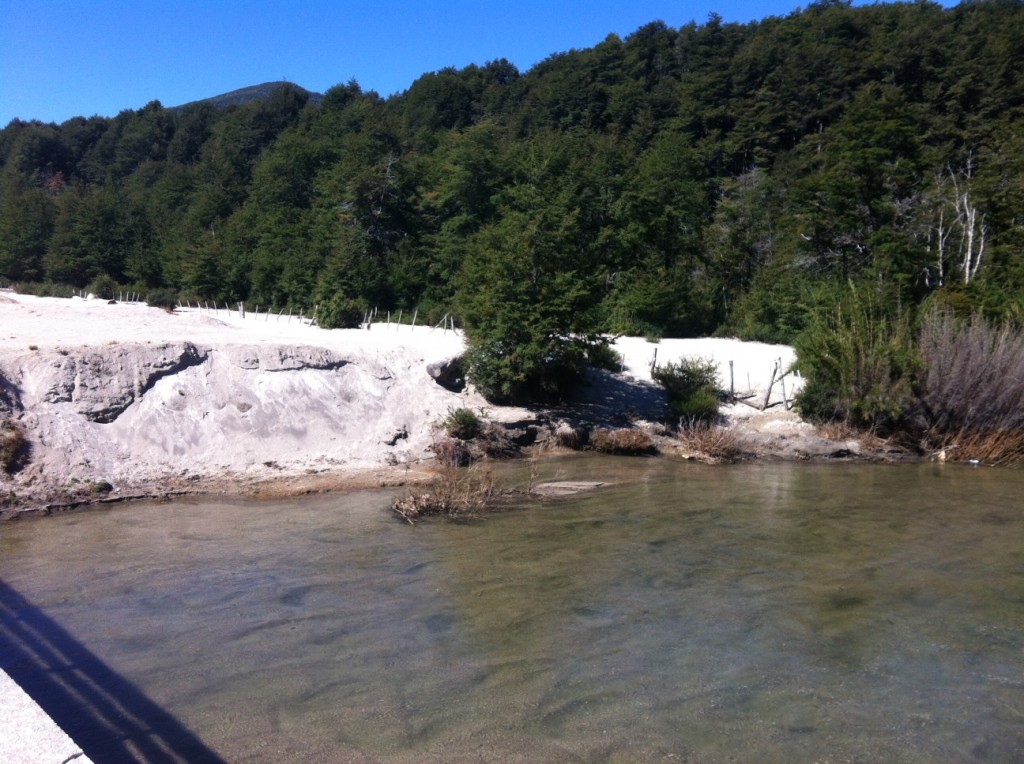
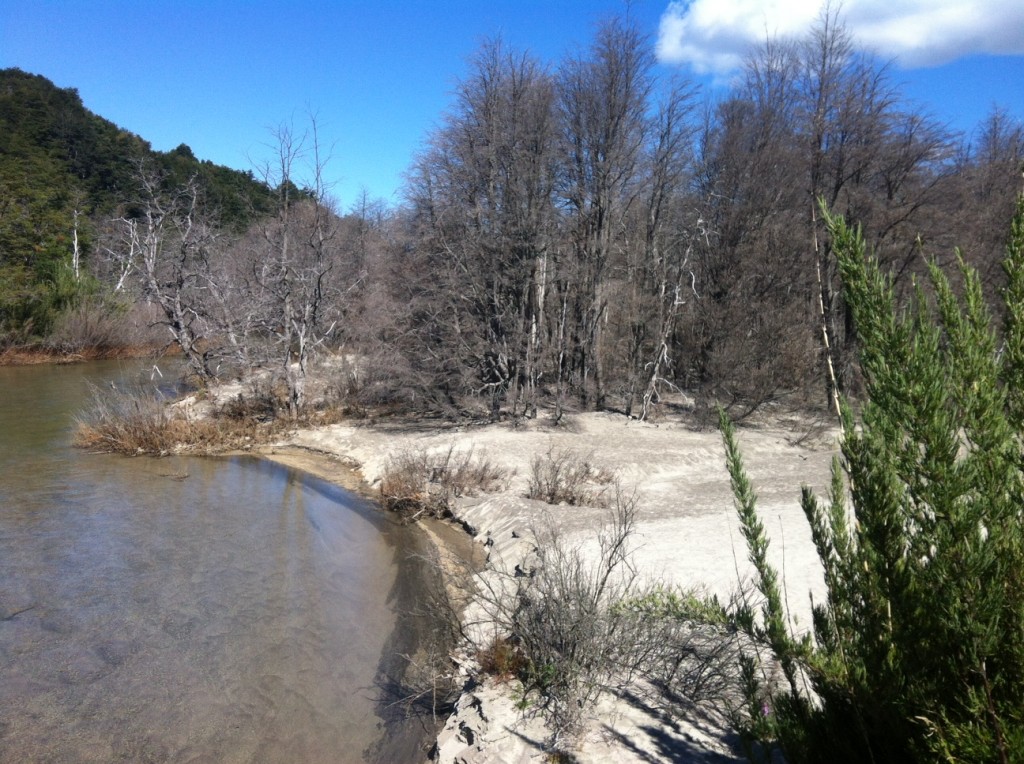
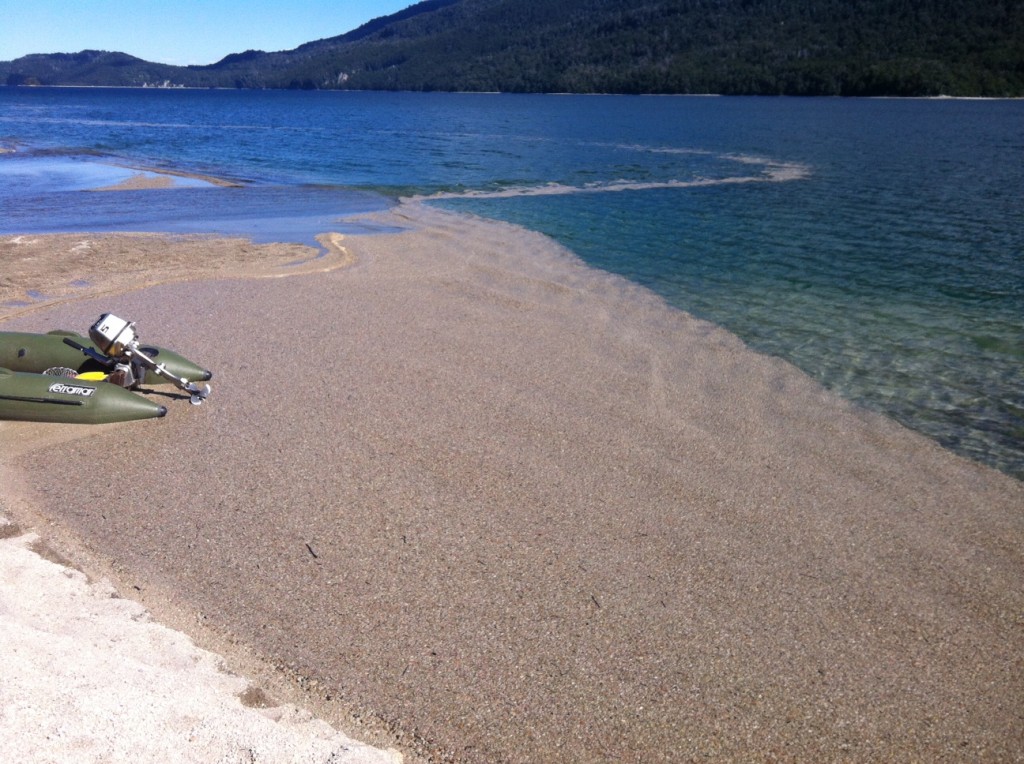
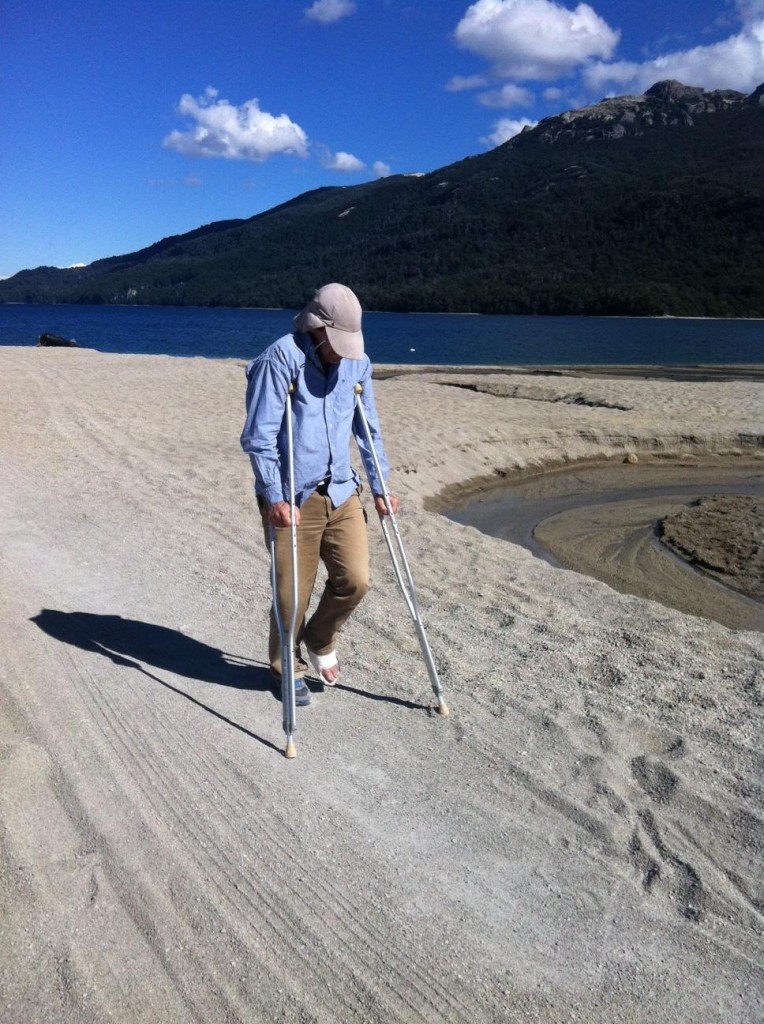



 I hope everyone is having a great holiday break. I’ll be back with more on Nikola Tesla later, but here’s a mini book review of The Crater by John Cannan (just published on
I hope everyone is having a great holiday break. I’ll be back with more on Nikola Tesla later, but here’s a mini book review of The Crater by John Cannan (just published on 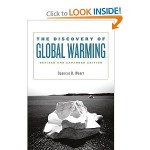 Spencer Weart takes us on a journey into the past. In The Discovery of Global Warming, Weart provides a history of the science that has now come to be known as Anthropomorphic Global Warming (AGW), or more simply, man-made climate change. And in doing so he demonstrates just how robust and voluminous is the scientific case for human induced climate change.
Spencer Weart takes us on a journey into the past. In The Discovery of Global Warming, Weart provides a history of the science that has now come to be known as Anthropomorphic Global Warming (AGW), or more simply, man-made climate change. And in doing so he demonstrates just how robust and voluminous is the scientific case for human induced climate change.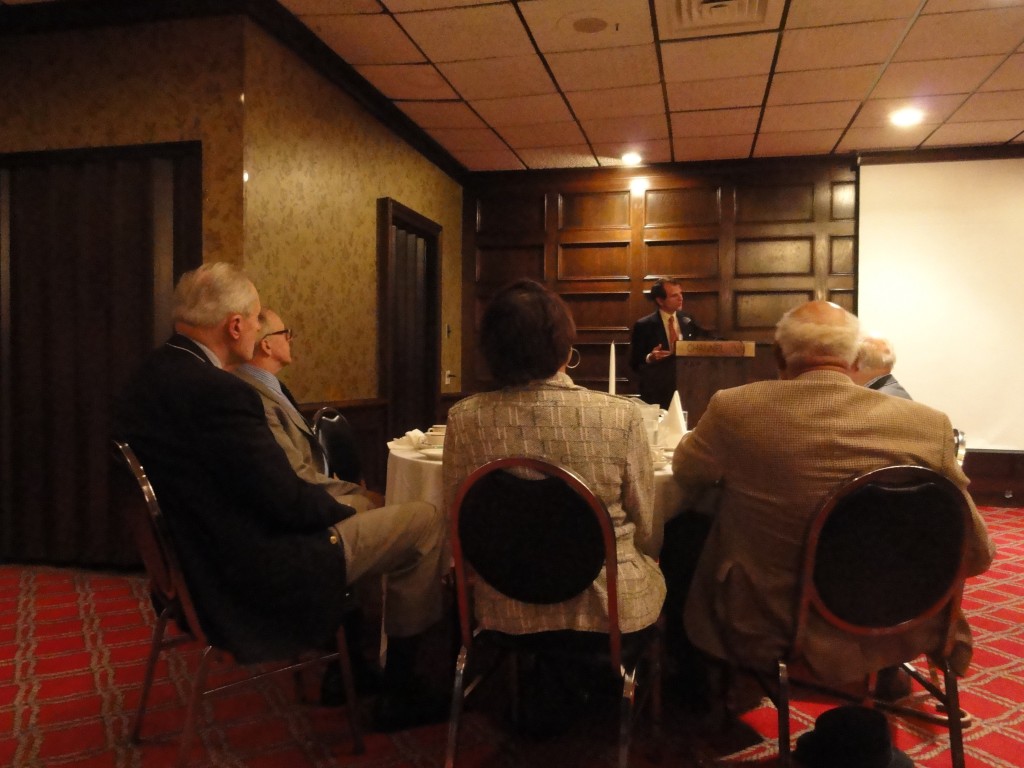
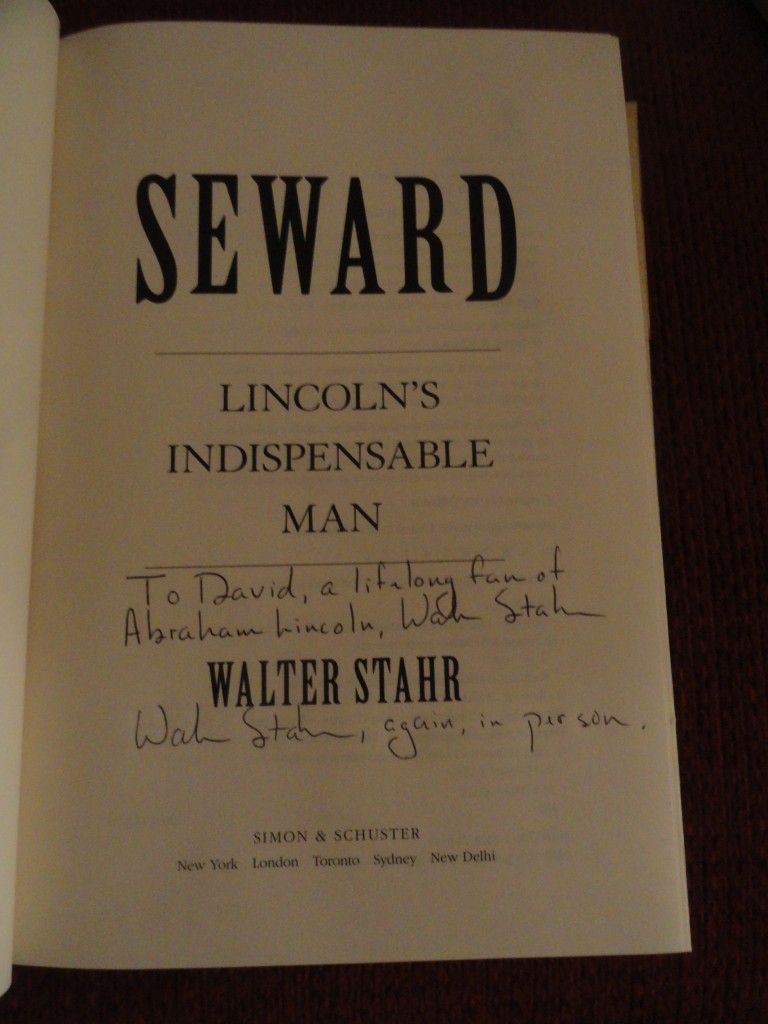
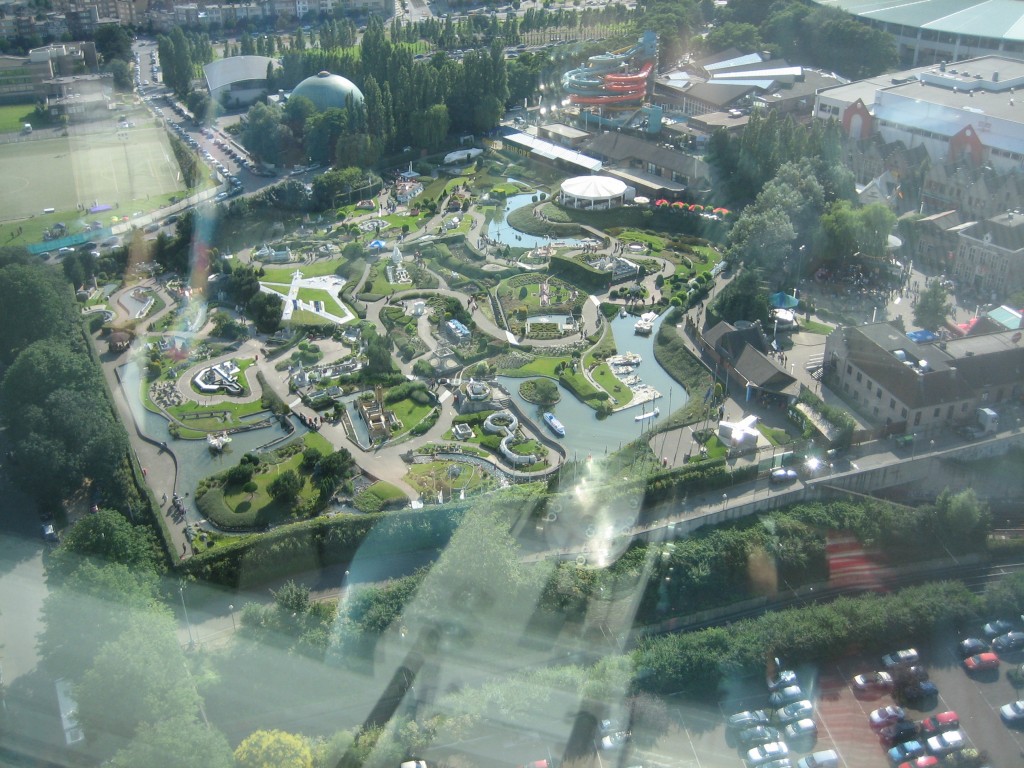
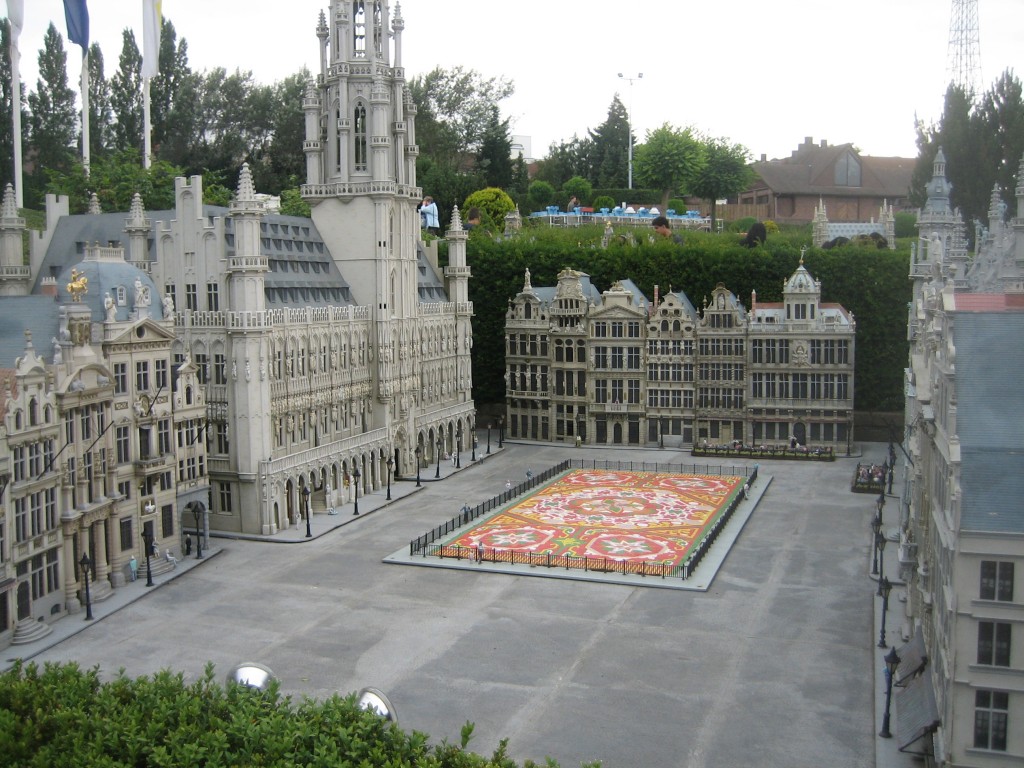
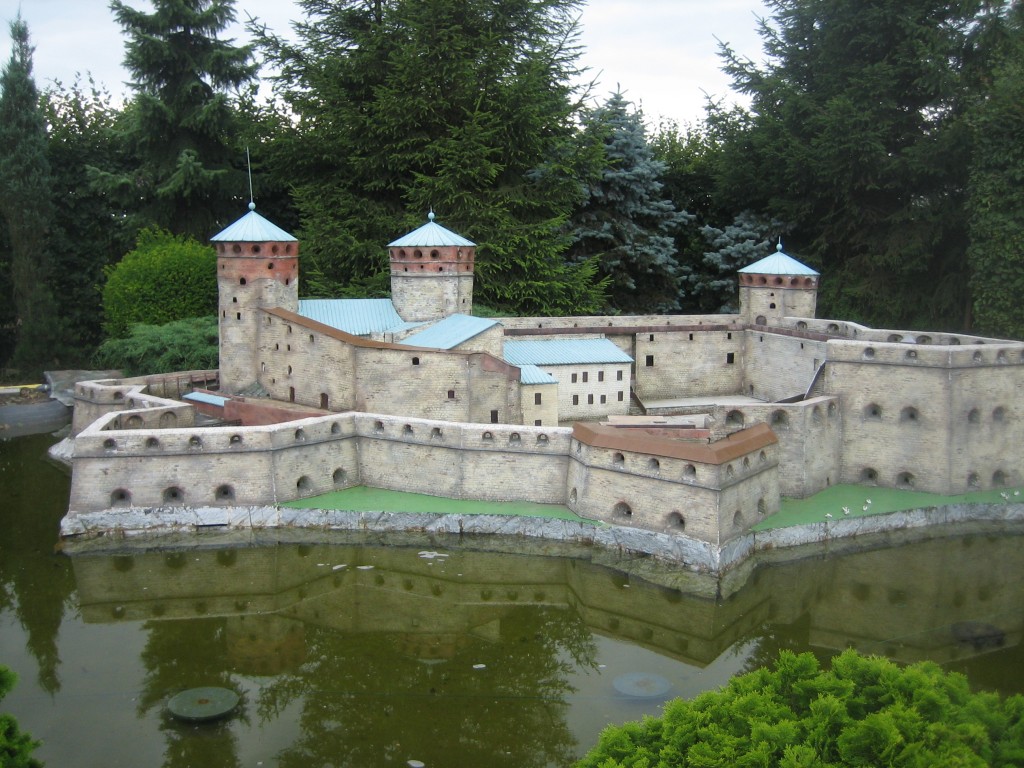
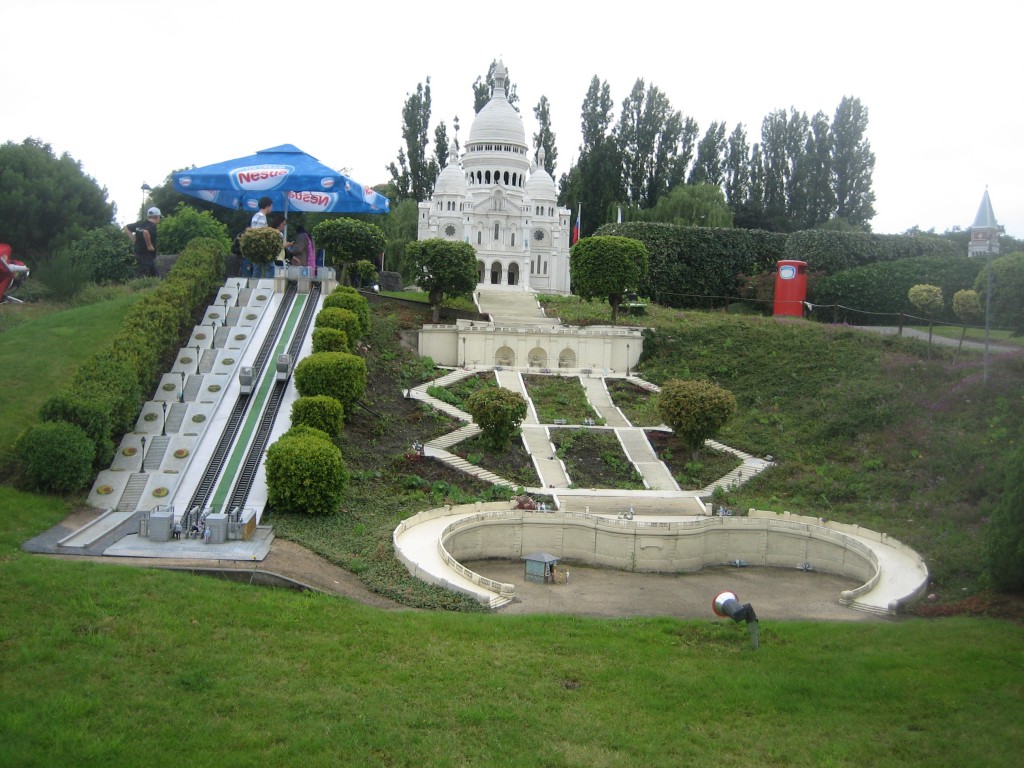
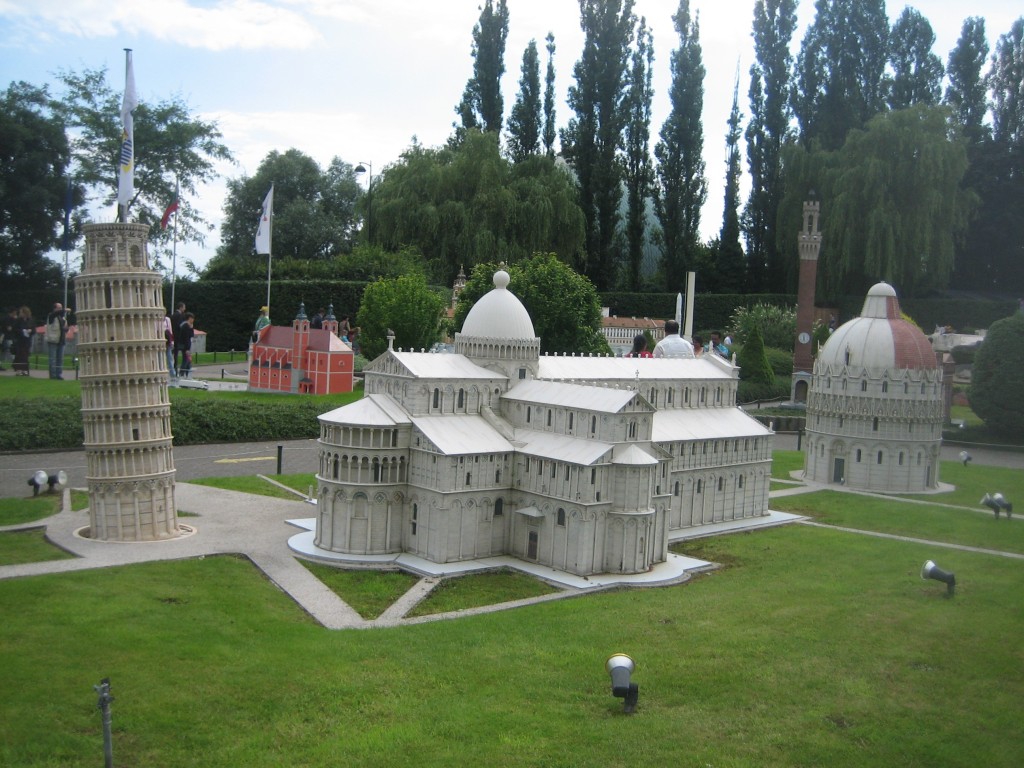
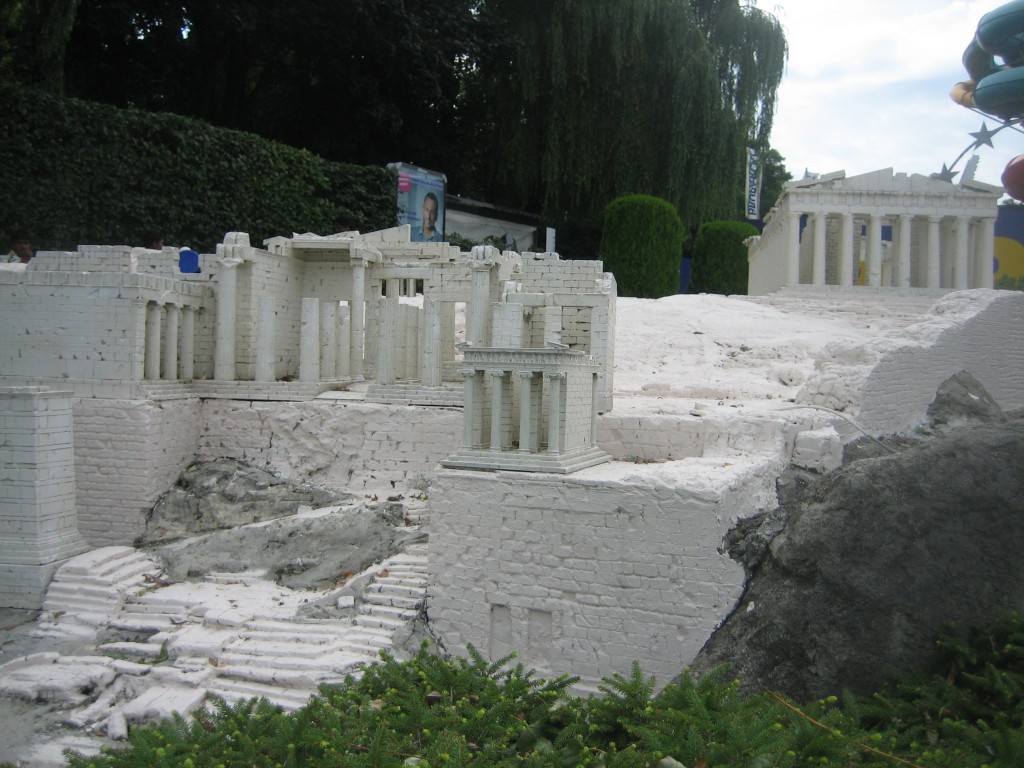

 I was at the library recently and came across a book called My Bookstore. A 2012 compilation of essays by 84 well-known writers in which they “celebrate their favorite places to browse, read, and shop.”
I was at the library recently and came across a book called My Bookstore. A 2012 compilation of essays by 84 well-known writers in which they “celebrate their favorite places to browse, read, and shop.”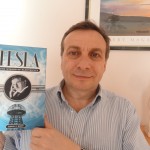 That is the headline of the online version of the article profiling me and Tesla in the Ipswich Chronicle this past week. The hard copy headline is even better – Tesla: An Electrifying Story. The article is available online at Wicked Local – Ipswich.
That is the headline of the online version of the article profiling me and Tesla in the Ipswich Chronicle this past week. The hard copy headline is even better – Tesla: An Electrifying Story. The article is available online at Wicked Local – Ipswich.